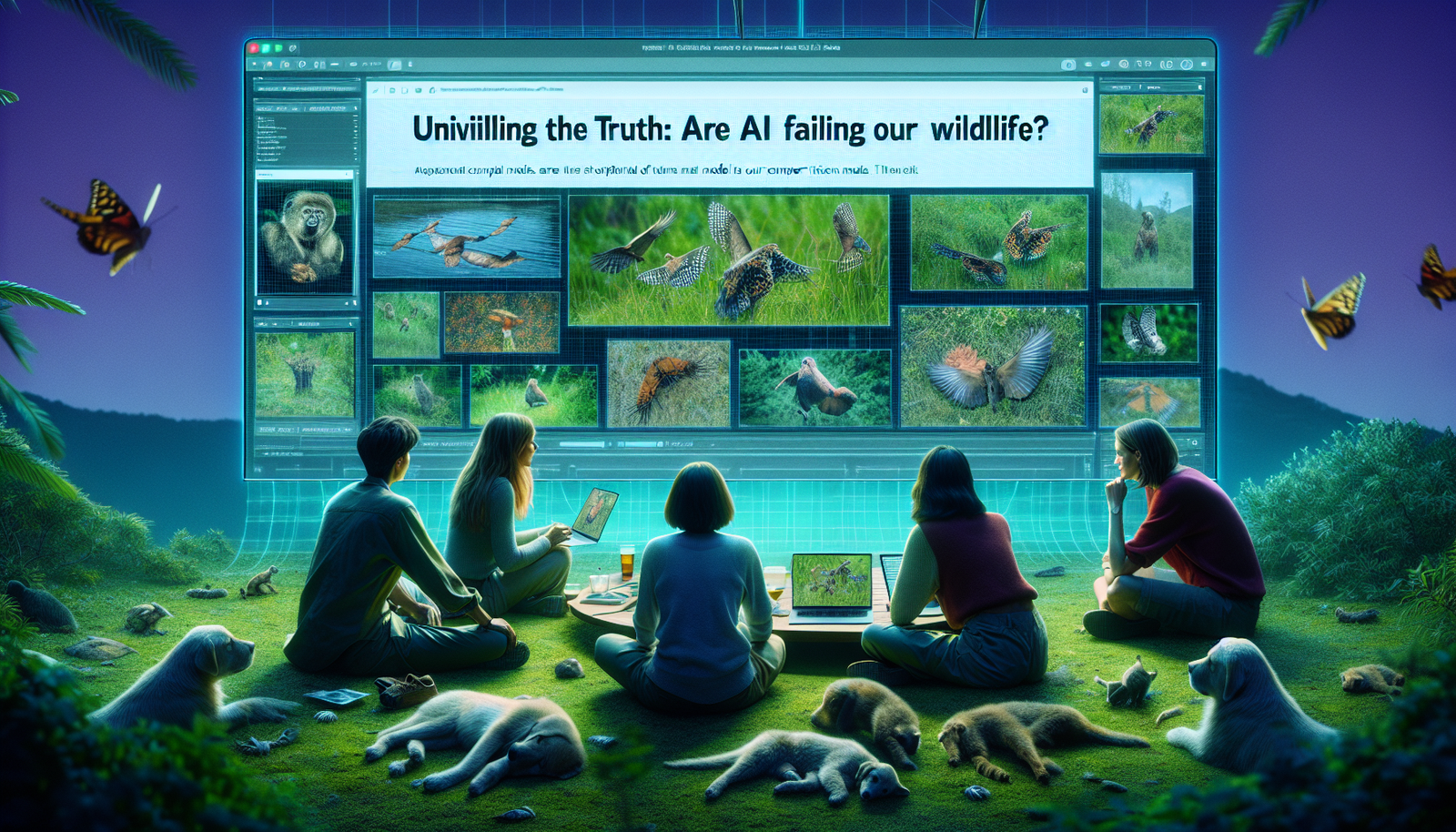The gaps in computer vision models for capturing wildlife images reveal concerning environmental issues. Millions of animal photos remain inaccessible, limiting research in ecology and species protection. These systems, once thought to be revolutionary, show a inability to detect specific behaviors, thus hindering the understanding of biodiversity dynamics. *The urgent need for improvement in training data becomes essential* to ensure maximum effectiveness of analytical tools. The interaction between artificial intelligence and wildlife conservation has never been more crucial.
The limitations of computer vision models
Ecologists have highlighted the gaps in computer vision models for capturing wildlife images. Due to the increasing importance of these technologies, their effectiveness in documenting biodiversity has become a concern. Although these systems have the potential to facilitate species observation, they suffer from notable inefficiencies that hinder their use.
Biases in data sets
Computer vision models rely on vast collections of images to train their algorithms. However, these data sets often contain biases that harm species recognition. Insufficient diversity in the images presented can lead to an inability to correctly identify certain rare species. The models do not always manage to generalize the specific behaviors or characteristics of animals, thus exacerbating the issue of incorrect classification.
Detection problems
Many images collected during these studies remain “empty” samples, meaning that the targeted species do not appear in the photos. This situation affects nearly 90% of cases, leading to incomplete documentation of wildlife. The computer vision model requires optimization to effectively detect animals in their natural habitat.
The complexity of scientific queries
Studies have revealed that current models often fail to understand complex queries posed by researchers. Even advanced models, trained on vast amounts of data, struggle to satisfactorily respond to elaborate questions, such as identifying specific behaviors or particular biological states. The inability to process these queries indicates that further development is necessary for these systems.
Improvement pathways
Researchers from MIT and other institutions have proposed that more specific and informative databases could enhance the relevance of results. By enriching models with more precise data sets, they may potentially become effective research assistants. By integrating dialogues with experts, adapting models to the specific needs of ecologists becomes achievable.
The role of internet users and citizen scientists
The contributions of internet users to projects like iNaturalist help enrich data sets. Citizen participation, by complementing observations made by professionals, plays a crucial role in information collection. These contributions can thus provide more varied data and better reflect the reality of faunal diversity.
Practical applications and the future of research
As technologies advance, the use of computer vision models in ecological research will continue to evolve. The development of a more efficient querying system could transform these tools into genuine allies for biodiversity documentation and environmental impact identification. The prospect of automated and rapid research remains an ambitious yet achievable goal, which could open new avenues for the study of wildlife.
Frequently Asked Questions
How are computer vision models used in ecological research?
Computer vision models are used to analyze and identify animal species from images captured in the natural environment, thereby helping researchers better understand wildlife and animal behaviors.
What are the main gaps in computer vision models regarding wildlife?
Models often lack precision when identifying specific species and struggle to handle complex queries, which can lead to erroneous or irrelevant results when searching images.
How do “empty” images affect the effectiveness of computer vision models?
When images are “empty,” meaning they do not show the animals of interest, this reduces the amount of useful data for training the models, diminishing their ability to learn and make accurate predictions.
What types of data are necessary to improve computer vision models used in ecology?
It is essential to integrate more domain-specific data that reflects the diversity of behaviors and biological conditions of species, so that models can learn to identify more nuanced situations.
What impact does the quality of data annotation have on model performance?
The quality of annotation plays a crucial role. Accurate annotations enable models to learn adequately, while vague or incorrect descriptions can lead to misunderstandings by the models.
How do researchers evaluate the effectiveness of computer vision models?
Researchers conduct performance tests where models must locate and rearrange relevant results from large image data sets, measuring their ability to respond effectively to defined queries.
What is the importance of collaboration among scientists to improve these models?
Interdisciplinary collaboration among ecologists, biologists, and artificial intelligence experts is essential for developing more effective models, as it allows for the combination of varied knowledge and informs algorithm development.
Can computer vision models help in the conservation of endangered species?
Yes, these models can facilitate the monitoring and analysis of the behaviors of endangered species, contributing to the establishment of more effective conservation strategies.






